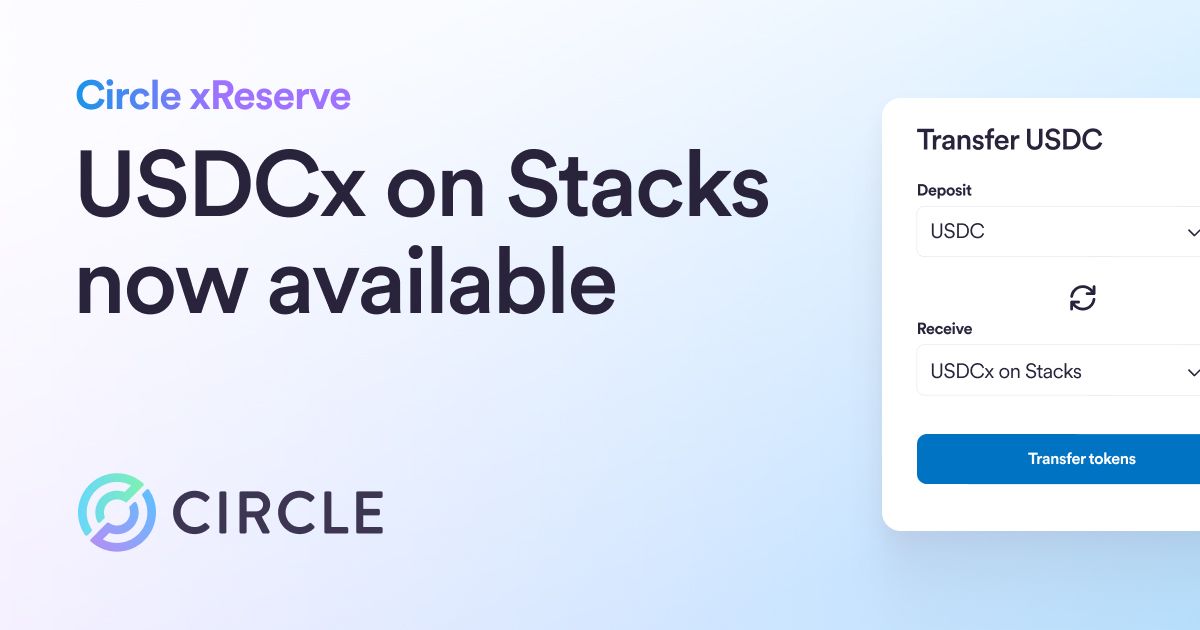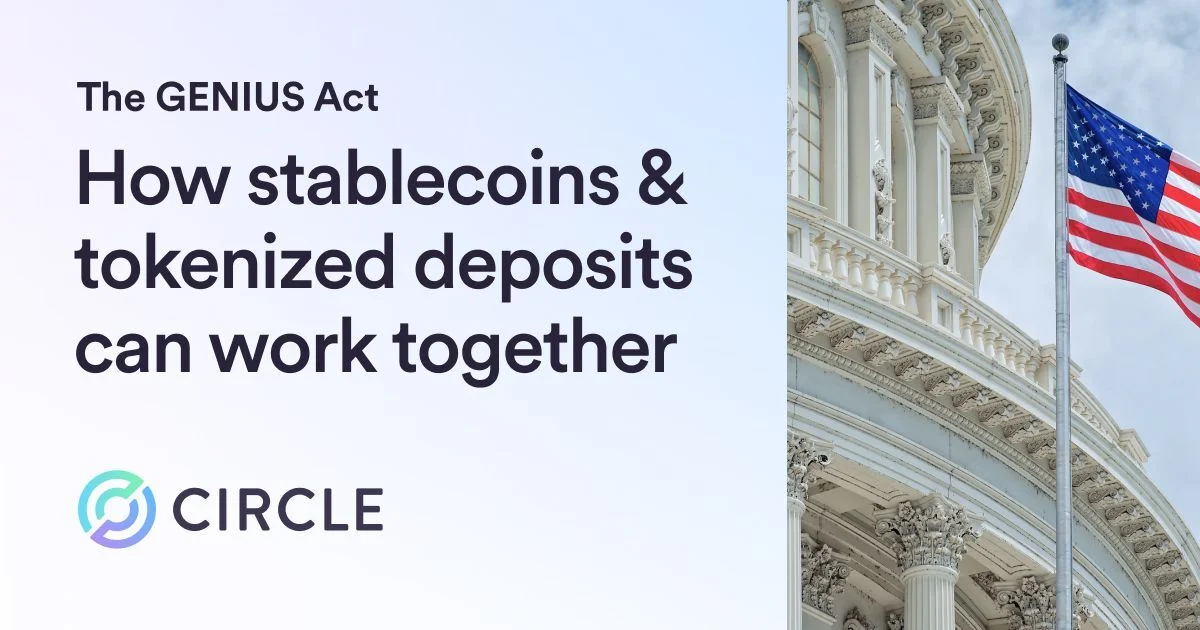USDC has established itself as one of the most popular DeFi lending assets. Learn more about USDC in DeFi.

The promise of Decentralized Finance (DeFi) is to transform financial services by providing transparency, security, and community governance by leveraging blockchain infrastructures.
Lending platforms have dominated the DeFi space, as they simulate traditional borrowing and lending services while relying on decentralized networks. As of June 2021, over $26 billion is locked in DeFi lending protocols, nearly half of the total TVL figure of all DeFi projects at more than $50 billion1.
What Is DeFi Lending?
Conceptually, there is no major difference between DeFi lending and traditional lending. In a nutshell, lenders provide funds to borrowers in exchange for an interest rate.
However, the major differences manifest in the way these processes work. In traditional finance, loans are facilitated by banks and other financial institutions. In DeFi, all activity routes through decentralized protocols and there are no intermediaries involved.
Unlike traditional banking, DeFi platforms are borderless and can be used by anyone.
With DeFi lending, borrowers and lenders have greater direct control over their funds as all processes are conducted by smart contracts, which are self-executing programs running on blockchain networks.
Lenders can earn interest using DeFi protocols by depositing their digital currency, such as USDC, into autonomous lending pools. They do this by sending their tokens to a smart contract, making them available to other users for borrowing. In return, the smart contract issues interest earning tokens that are distributed automatically to the user and can be redeemed at a later date to access the deposited assets and accrued interest.
One distinct aspect of DeFi lending is that the majority of loans are overcollateralized, which means that borrowers have to provide a deposit of assets that is greater than the loan value. This happens because most cryptocurrencies used as collateral can be volatile, and there are no credit scores or identity verification to help lenders assess counterparty risk. Despite requirements to put up collateral to get started, easy access to funds is an advantage that attracts many users.
DeFi lending can benefit both lenders and borrowers. The latter can secure loans conveniently, while the former can earn interest rates that are often higher than rates in similar traditional financial investments.
Why Use DeFi Lending Platforms?
There are several opportunities and advantages associated with lending platforms when lending stablecoins. Some of them include:
- Self Custody
Decentralized finance platforms don’t require third parties to process transactions, and all activity is conducted between users peer-to-peer or between users and the platform. Funds are most often held directly by users in their own wallets, which can reduce the chances of an institution losing or seizing assets.
- Lower Cost
Decentralized finance protocols perform activities similar to traditional financial institutions at a fraction of the overhead cost, allowing them to charge significantly less to end users. DeFi protocols also run on public blockchain networks, where fees are paid to use the computing power of the network, instead of to receive service from a financial business facilitating asset transfers. Fees to use public blockchain infrastructure are usually a fixed charge, as opposed to a fee based on the amount of money involved in the transaction, and are almost always lower than those charged by third-party institutions, even when accounting for fees charged by individual DeFi protocols.
- Open ecosystem
Standard investment tools from traditional financial institutions may come with strict terms and conditions that make them more expensive and available to a smaller user base. Most DeFi protocols are accessible by anyone with an internet connection, increasing financial inclusion and giving many users access to financial infrastructure they formerly lacked.
Role of Dollar Digital Currencies in DeFi Lending
Dollar digital currencies, also known as stablecoins, play an essential role in DeFi lending protocols because they help mitigate volatility risks and make it more convenient for both lenders and borrowers to better manage their financial operations.
USDC is the world's fastest-growing fiat-backed stablecoin in 2022, with more than $50 billion in circulation as of March 31, 2022.
USDC dominates the DeFi space because it has a stable peg to the US dollar, is backed by regulated institutions–Centre, founded by Circle and Coinbase–and is chain agnostic (available across multiple different blockchains and not connected to any particular DeFi protocol).
Data from FlipsideCrypto showed that USDC was the fastest-growing and most popular dollar digital currency across DeFi applications in the first quarter of 2021. For instance, the Total Value Locked (TVL) of USDC in DeFi protocols has increased from less than $50 million to over $1.5 billion as of July 15, 2021.
Even though USDC is a multi-chain token, the greatest share of its circulating supply is based on Ethereum, which makes it a convenient choice for most DeFi lending protocols, as many also rely on Ethereum smart contracts.
USDC has managed to remain at the top of the DeFi space thanks to its near-instant settlement speed, a high degree of security, and a major focus on transparency and regulatory compliance.
Circle’s stablecoin shows the smallest deviations from the $1 price target among the largest stablecoins according to data from Flipside Crypto, which makes it a good option for users seeking stability.
Lending USDC
Lenders can deposit USDC to earn interest on their capital. USDC holders can lend their tokens on DeFi lending protocols, such as Aave and Compound. On Compound, USDC is the most deposited token, accounting for more than 25% of the total value locked in the protocol.

Source: https://compound.finance/markets
On Aave, USDC is by far the most deposited and borrowed token, white a total market size of over $4.2 billion as of July 15, 2021.

Source: https://app.aave.com/markets
- What impacts DeFi interest rates?
Interest rates change according to supply and demand levels. When demand outweighs supply, rates will jump. They often fall when supply is stronger than demand.
- What do people use borrowed cryptocurrencies for?
Borrowed crypto is typically put to use in crypto markets by participants like traders, market makers, miners, and others seeking additional liquidity within the blockchain ecosystem. Borrowing crypto can help these participants acquire capital more quickly, but will usually carry a higher interest rate than traditional loans because demand for crypto on-chain typically outpaces supply.





